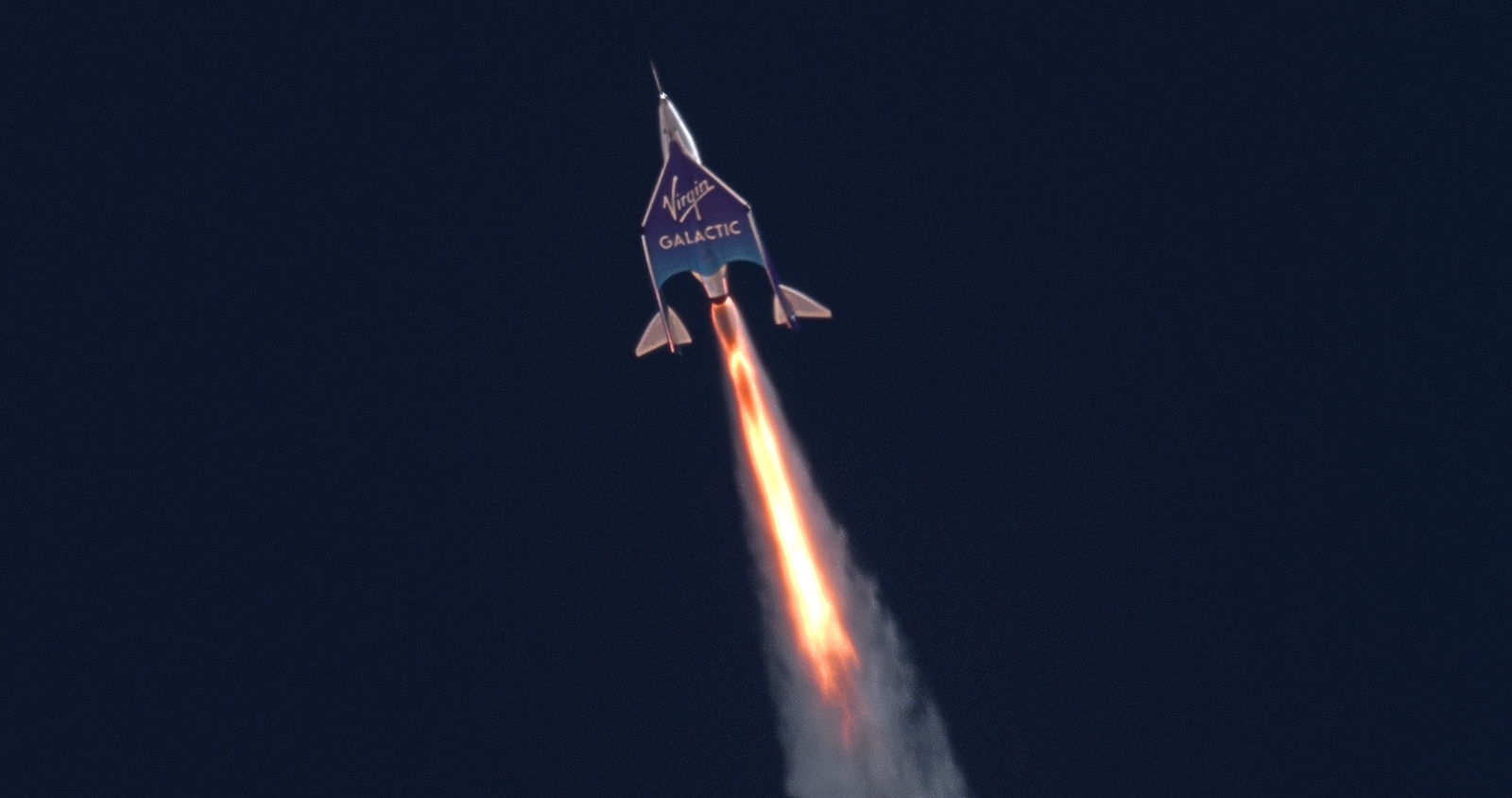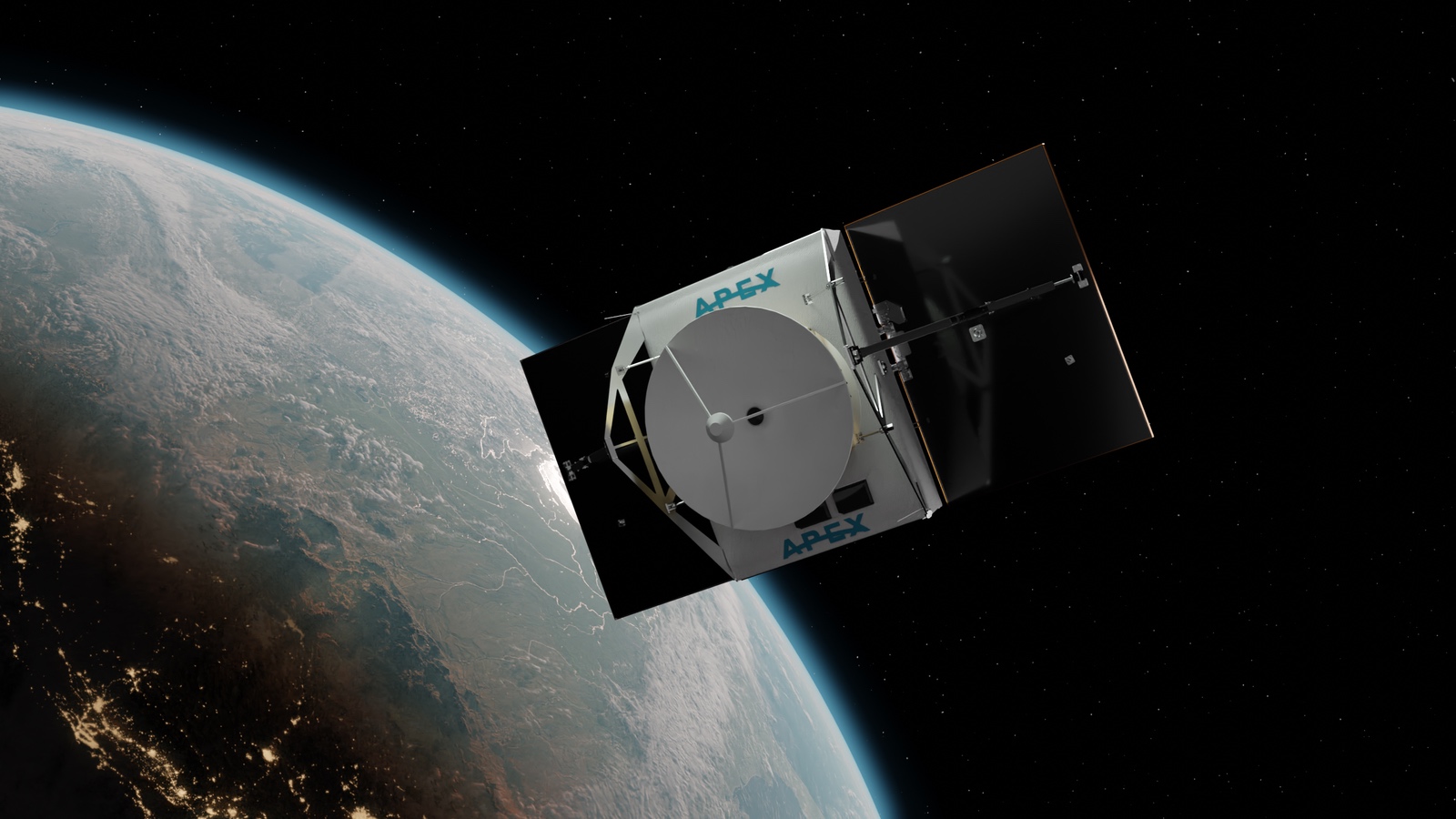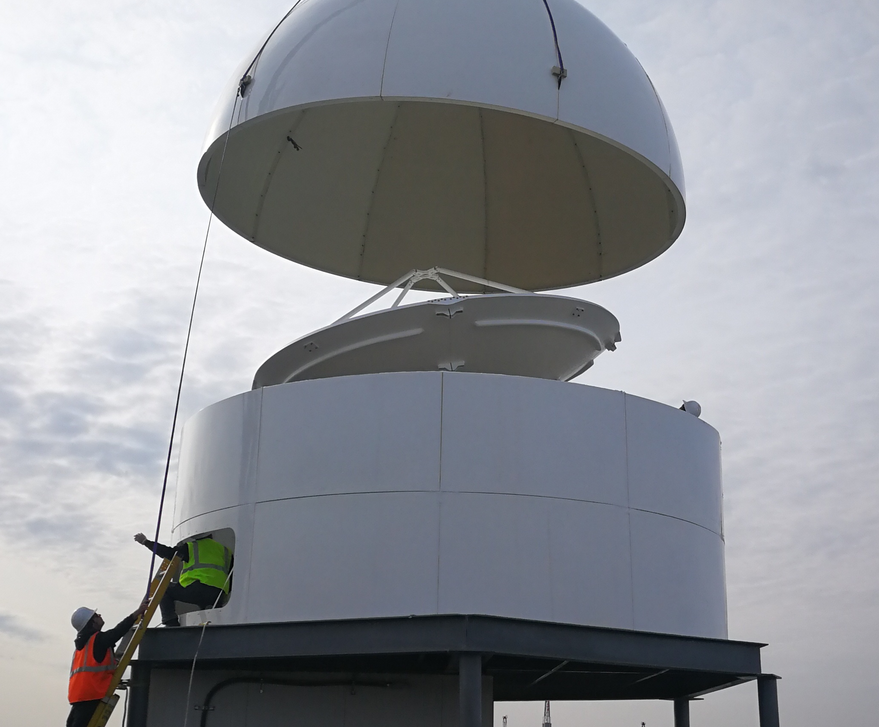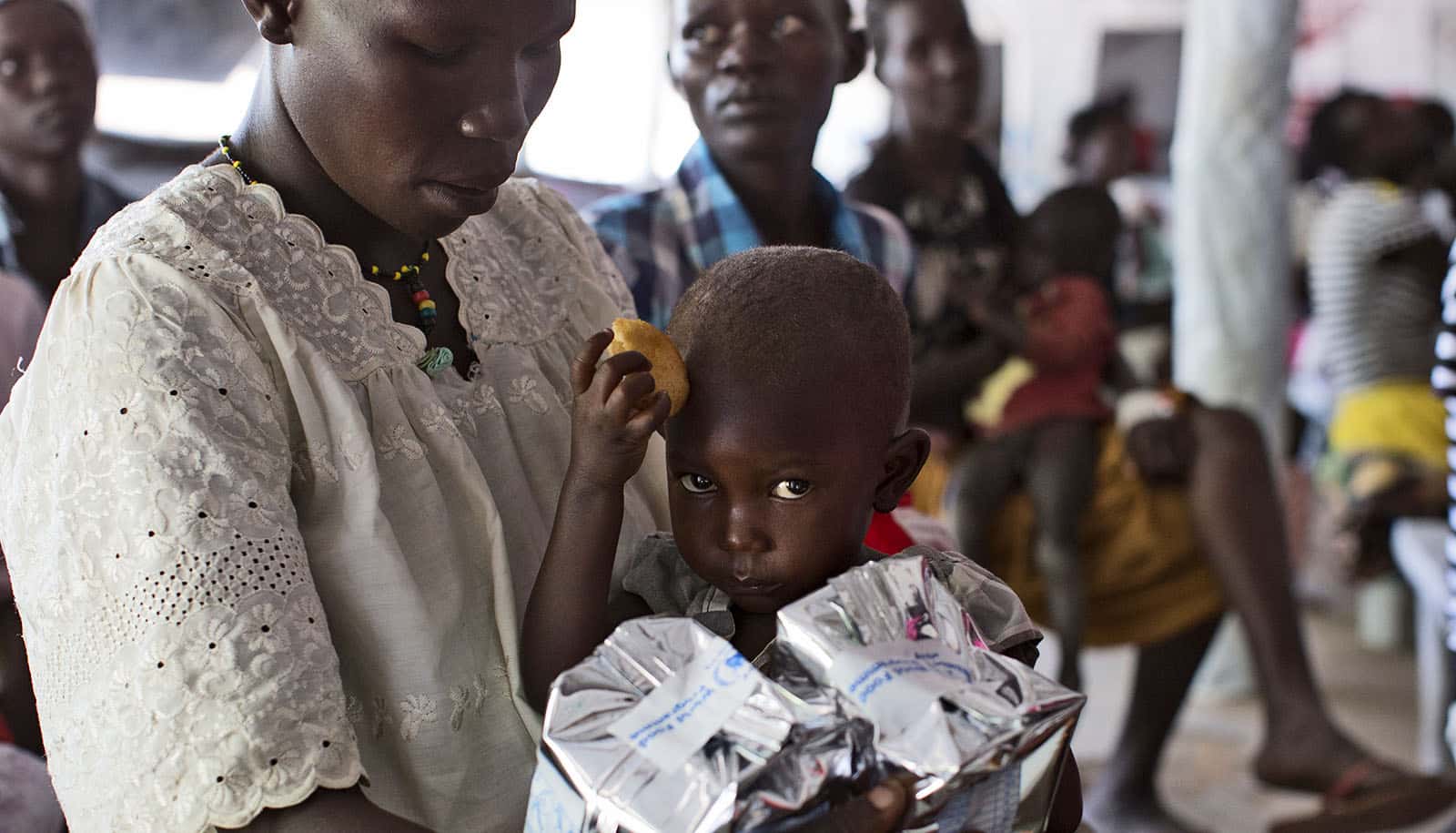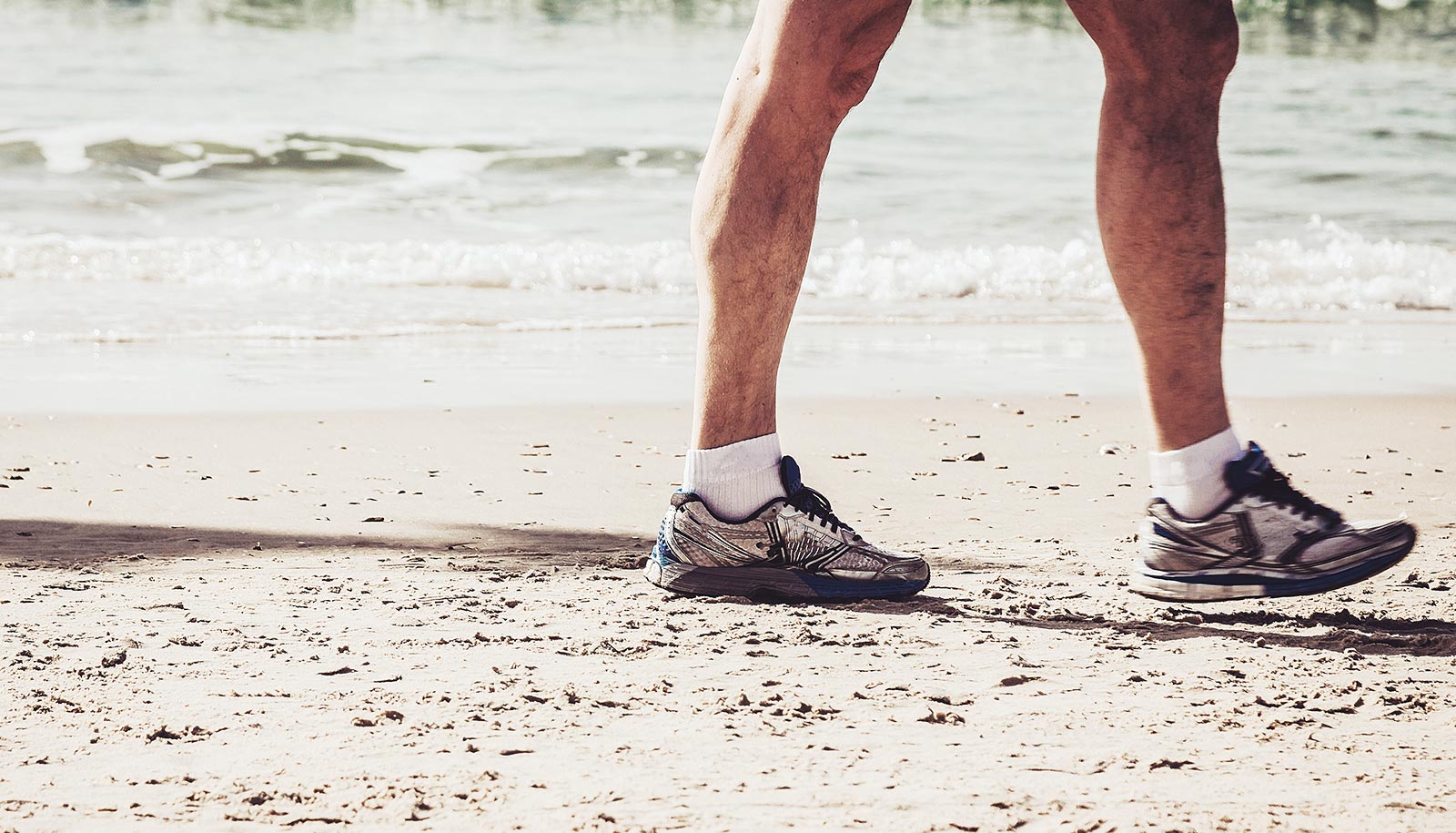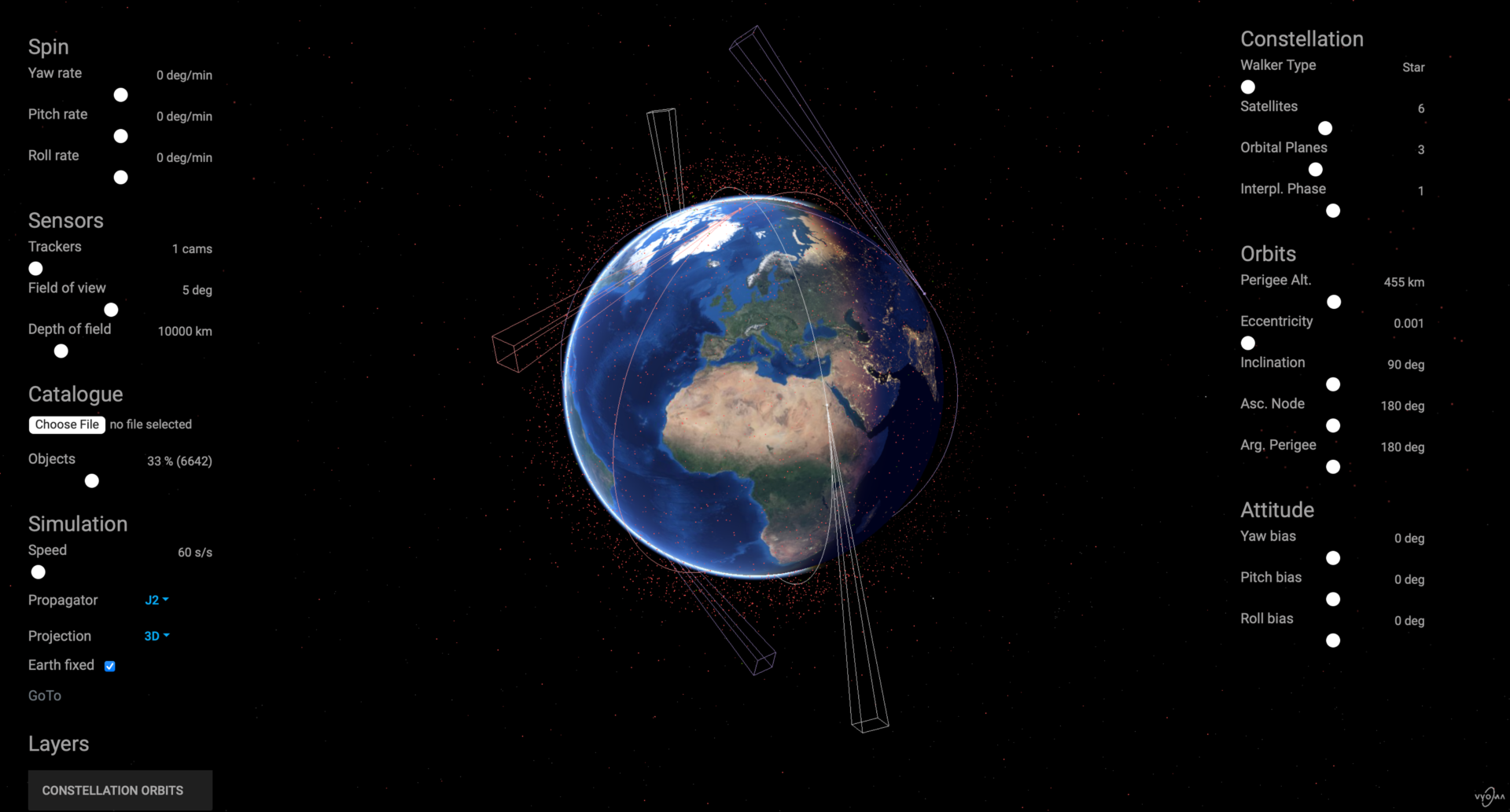A new category of depression, the cognitive biotype, accounts for 27% of depressed patients, say researchers.
Cognitive tasks show that these patients have difficulty with the ability to plan ahead, display self-control, sustain focus despite distractions, and suppress inappropriate behavior. Imaging showed decreased activity in two brain regions responsible for those tasks.
Because depression has traditionally been defined as a mood disorder, doctors commonly prescribe antidepressants that target serotonin (known as selective serotonin reuptake inhibitors or SSRIs), but these are less effective for patients with cognitive dysfunction.
The researchers say that targeting these cognitive dysfunctions with less commonly used antidepressants or other treatments may alleviate symptoms and help restore social and occupational abilities.
The study, published in JAMA Network Open, is part of a broader effort by neuroscientists to find treatments that target depression biotypes, according to the study’s senior author, Leanne Williams, professor of psychiatry and behavioral sciences at Stanford University School of Medicine.
“One of the big challenges is to find a new way to address what is currently a trial-and-error process so that more people can get better sooner,” Williams says. “Bringing in these objective cognitive measures like imaging will make sure we’re not using the same treatment on every patient.”
Antidepressants and MRI
In the study, 1,008 adults with previously unmedicated major depressive disorder were randomly given one of three widely prescribed typical antidepressants: escitalopram (brand name Lexapro) or sertraline (Zoloft), which act on serotonin, or venlafaxine-XR (Effexor), which acts on both serotonin and norepinephrine. Of the participants, 712 completed the eight-week regimen.
Before and after treatment with the antidepressants, the participants’ depressive symptoms were measured using two surveys: one, clinician-administered, and the other, a self-assessment, which included questions related to changes in sleep and eating. The researchers also tracked measures of social and occupation functioning, as well as quality of life.
Before and after treatment, the participants also completed a series of cognitive tests that measured verbal memory, working memory, decision speed, and sustained attention, among other tasks.
Before treatment, scientists scanned 96 of the participants using functional magnetic resonance imaging as they engaged in a task called the “GoNoGo” that requires participants to press a button as quickly as possible when they see “Go” in green and to not press when they see “NoGo” in red. The fMRI tracked neuronal activity by measuring changes in blood oxygen levels, which showed levels of activity in different brain regions corresponding to Go or NoGo responses. Researchers then compared the participants’ images with those of individuals without depression.
The researchers found that 27% of the participants had more prominent symptoms of cognitive slowing and insomnia, impaired cognitive function on behavioral tests, as well as reduced activity in certain frontal brain regions—a profile they labeled the cognitive biotype.
The cognitive biotype
“This study is crucial because psychiatrists have few measurement tools for depression to help make treatment decisions,” says Laura Hack, lead author of the study and an assistant professor of psychiatry and behavioral sciences. “It’s mostly making observations and self-report measures. Imaging while performing cognitive tasks is rather novel in depression treatment studies.”
Pre-treatment fMRI showed those with the cognitive biotype had significantly reduced activity in the dorsolateral prefrontal cortex and dorsal anterior cingulate regions during the GoNoGo task compared with the activity levels in participants who did not have the cognitive biotype. Together, the two regions form the cognitive control circuit, which is responsible for limiting unwanted or irrelevant thoughts and responses and improving goal selection, among other tasks.
After treatment, the researchers found that for the three antidepressants administered, the overall remission rates—the absence of overall depression symptoms—were 38.8% for participants with the new biotype and 47.7% for those without it. This difference was most prominent for sertraline, for which the remission rates were 35.9% and 50% for those with the biotype and those without, respectively.
“Depression presents in different ways in different people, but finding commonalities—like similar profiles of brain function—helps medical professionals effectively treat participants by individualizing care,” Williams says.
Better depression treatment
Williams and Hack propose that behavior measurement and imaging could help diagnose depression biotypes and lead to better treatment. A patient could complete a survey on their own computer or in the doctor’s office, and if they are found to display a certain biotype, they might be referred to imaging for confirmation before undergoing treatment.
Researchers at the Stanford Center for Precision Mental Health and Wellness, which Williams directs, in partnership with the Stanford Translational Precision Mental Health Clinic, which Hack directs, are studying another medication—guanfacine—that specifically targets the dorsolateral prefrontal cortex region. They believe this treatment could be more effective for patients with the cognitive subtype.
Williams and Hack hope to conduct studies with participants who have the cognitive biotype, comparing different types of medication with treatments such as transcranial magnetic stimulation and cognitive behavioral therapy. In transcranial magnetic stimulation, commonly referred to as TMS, magnetic fields stimulate nerve cells; in cognitive behavioral therapy, patients are taught to use problem-solving strategies to counter negative thoughts that contribute to both emotional dysregulation and loss of social and occupational abilities.
“I regularly witness the suffering, the loss of hope, and the increase in suicidality that occurs when people are going through our trial-and-error process,” Hack says. “And it’s because we start with medications that have the same mechanism of action for everyone with depression, even though depression is quite heterogeneous. I think this study could help change that.”
Researchers from the Sierra-Pacific Mental Illness Research, Education and Clinical Center; the Veterans Affairs Palo Alto Health Care System; Brain Dynamic Centre, Westmead Institute for Medical Research; and the University of Sydney, Westmead, contributed to the work.
The study was funded through Brain Resource Company Operations Pty Ltd. and Stanford University’s Clinical and Translation Science Award Program overseen by the National Center for Advancing Translational Sciences at the National Institutes of Health.
Source: Stanford University


